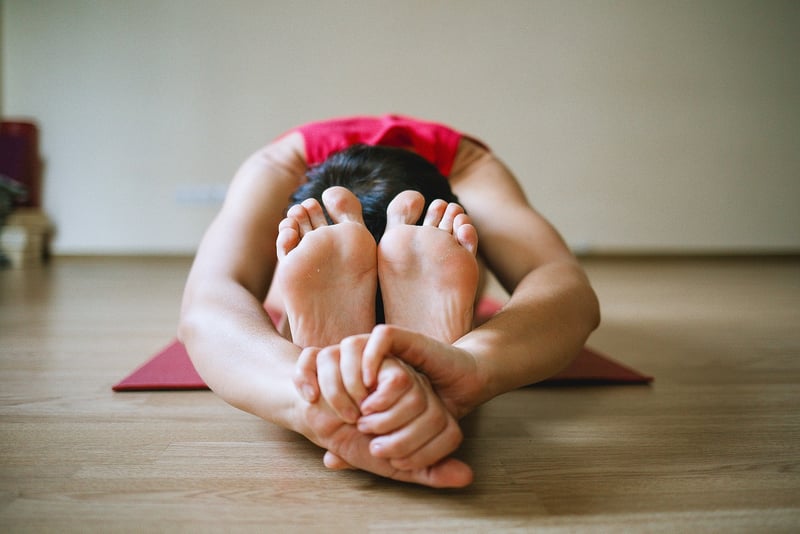Static Stretching
Improving Flexibility and Preventing Injuries through Static Stretching
Flexibility plays a crucial role in overall physical health and fitness. It not only helps in enhancing athletic performance but also prevents injuries. One effective way to improve flexibility is through static stretching. In this article, we will explore the benefits of static stretching and how it can contribute to injury prevention.
What is Static Stretching?
Static stretching involves stretching a muscle to the point of mild discomfort and holding that position for a period of time, typically around 15-30 seconds. This type of stretching helps lengthen the muscle and improve flexibility over time.
Benefits of Static Stretching:
- Improved Flexibility: Static stretching helps increase the range of motion around a joint, leading to improved flexibility.
- Enhanced Blood Circulation: Stretching promotes better blood flow to the muscles, aiding in quicker recovery and overall muscle health.
- Reduced Muscle Tension: Regular stretching can help alleviate muscle tightness and reduce the risk of muscle strains and injuries.
- Improved Posture: Stretching can help correct muscle imbalances and improve posture, reducing the likelihood of back and neck pain.
Static Stretching Tips:
- Warm Up: It's essential to warm up before engaging in static stretching to prepare the muscles for stretching.
- Hold the Stretch: Hold each stretch for 15-30 seconds without bouncing, allowing the muscle to relax and lengthen gradually.
- Breathe: Remember to breathe deeply and steadily while holding a stretch to help relax the muscle and enhance the stretch.
- Stretch Both Sides: Always stretch both sides of the body evenly to maintain balance and prevent muscle imbalances.
Examples of Static Stretches:
Here are a few examples of static stretches that target different muscle groups:
- Hamstring Stretch: Sit on the floor with one leg extended and the other bent. Reach towards the toes of the extended leg and hold the stretch.
- Shoulder Stretch: Bring one arm across your body and use the other arm to hold it in place, stretching the shoulder and upper back.
- Quadriceps Stretch: Stand on one leg, bending the other leg and holding the foot behind you to stretch the quadriceps.
By incorporating static stretching into your regular exercise routine, you can improve flexibility, prevent injuries, and enhance overall physical performance. Remember to consult with a fitness professional or healthcare provider before starting any new exercise program, especially if you have existing health conditions or injuries.
Stay flexible, stay injury-free!

Image source: Pixabay
